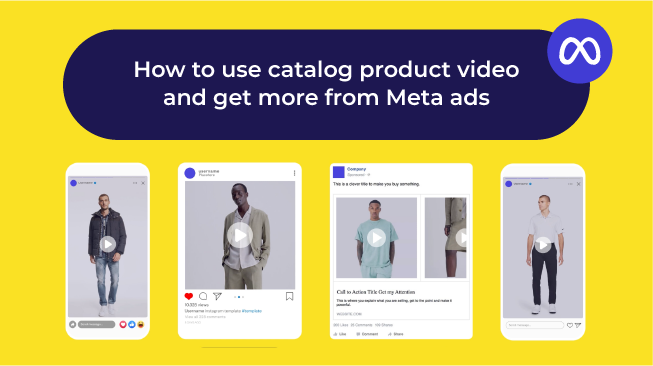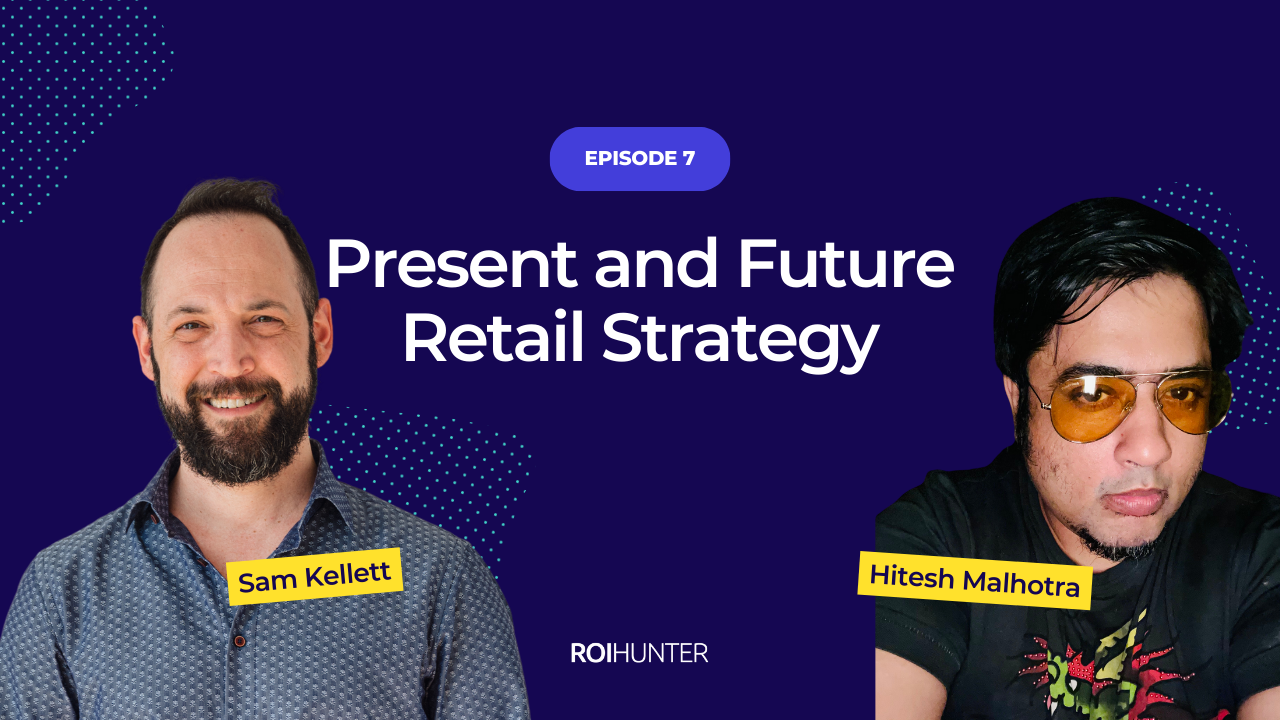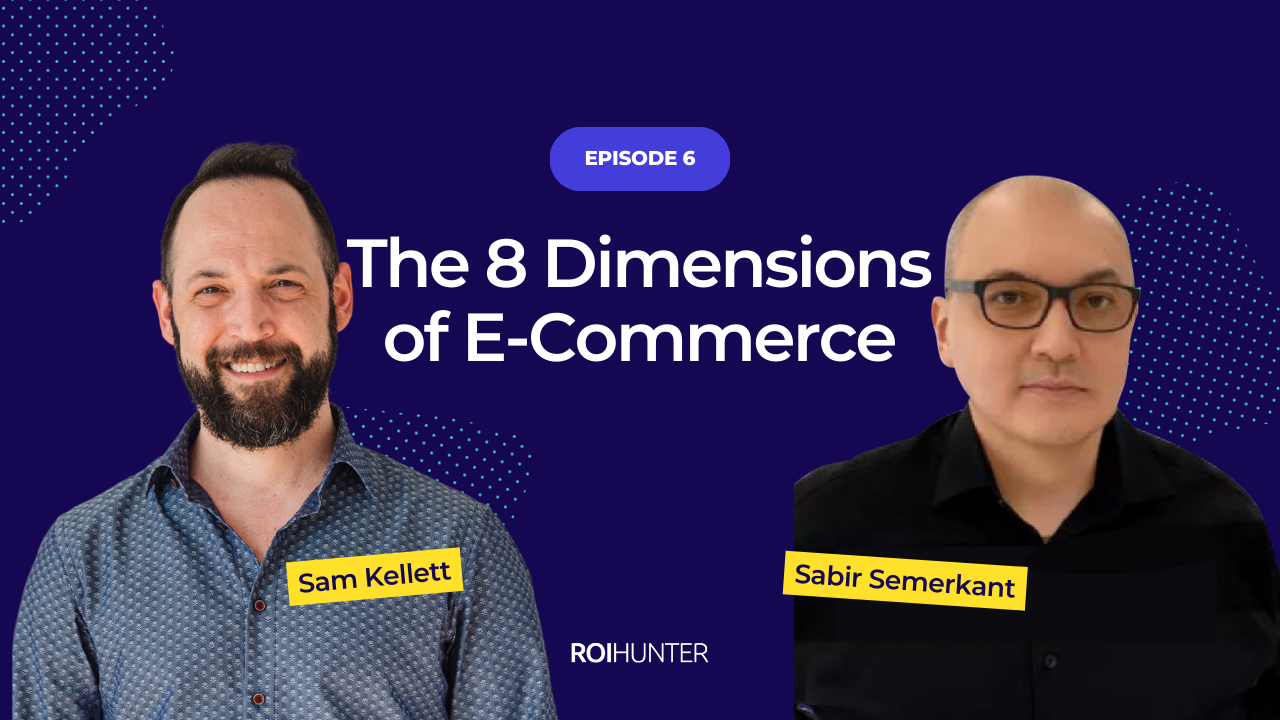These SEEDS are likable little ads (Dynamic Product Ads – DPA – for new customers or banners) that target large audience groups with small testing budgets. After 1-2 days of running these, you will be able to point out the best performing ads, increase the budget accordingly and pause the weaker ones. The process goes like this:
Steps to Testing Facebook Ads
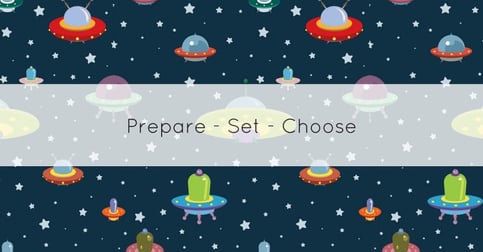
- Prepare 1 or 2 different ad creatives and construct an enticing banner in Image Editor. You won’t need to change these creatives too frequently if you use DPA for new customers. With its special recommendation engine, Facebook updates your creatives automatically by analyzing user behavior. Promote products with exclusive discounts, identify your bestsellers (RHS, NF in one ad set) and test mobile targeting in order to lower your Cost Per Click (all placements for one ad).
- Set several large target groups (at least +100k, optimal +300k, the bigger the better):
- A lookalike (1-2%) of your customers
- A lookalike (1-2%) of all visitors in past 180 days
- A WCA of all visitors or visitors belonging to a particular category in the past 180 days
- An audience based on core interests
- A broad targeting audience
- You will have 5 ad sets with 2 ads per set as a result.
- Last but not least – campaign settings – choose optimization for Purchase or Add To Cart based on the number of conversions you usually receive for each pixel event (you should have at least 20 conversions per day), set a daily budget of 10EUR and start bidding for Website Conversions/Impressions using the Autobid option.
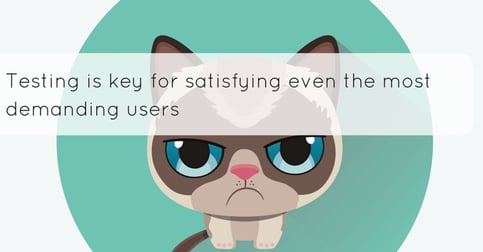
Analyze Your Results
With these settings, all ad sets will have a 10EUR budget for the testing period. If your ad proves to be appealing to your audience, it will get more clicks, its CTR will go up and its CPC will go down. After the ad reaches its daily budget, you would be able to evaluate its performance.
If the performance is above average then increase the budget for that particular ad from 10EUR to 20EUR and let it run for as long as it keeps delivering satisfactory metrics.
If you choose to discontinue some under-performing ads, replace them with new ones for the same target groups. You should continuously increase the number of ads and the size of your audience. Aim to create new ads for the same ad sets 2-3 times a week to keep the ad ball rolling.
Run Dynamic Product Ads alongside this strategy – this will ensure that you effectively reach new customers who came to your website but didn´t convert the first time through re-targeting.
The long-term result of employing this strategy in conjunction with DPA would be a rising quality of your account history, contributing to a lower CPC in the future.
DOWNLOAD your guide to ad greatness – we prepared a little cheat-sheet for you to take away and keep on your desktop until you yourself become the Master of Facebook Ads.
Frequently Asked Questions for Testing

Why does our SEEDS Strategy work?
It is based on oCPM (targeting based on 2.5M individual signals analyzed by Facebook). Facebook effectively finds audiences similar to users who have previously completed the required conversion action on your website (for example, purchased products or got in contact with you).
What is the key to employing this technique successfully?
Don’t be afraid to repeat successful ads (those with a high score, strong creatives, positive feedback and good stats) 2-3 times a week. Facebook supports ads with good eCTR and eCVR (e = estimate). All these positive signals are multiplying and increasing the chance that your ads will win auctions.
Why does this strategy only work with 5-10% of ads?
Advertisers create more ads than Facebook can serve. It means that it can repeatedly expose its users only to the best ads out there. The life cycle of an ad has 3 main stages:
- The first stage is the Facebook test (Facebook examines feedback to a new ad from its users),
- The second stage is advertising based on the test results,
- The third stage is based on the final results.
The first part is crucial because Facebook can sometimes pick an unsuitable audience at a bad time (the test audience segment comprises of only 100 users). This testing part will set your ad’s reputation for every oCPM ad you later add, determining the fate of the whole campaign. If you are lucky, oCPM will choose a good test audience and make sure that the latter phases run smoothly. If your test audience is not chosen well, however, the ad must go through another optimization process, consuming both your time and money. It this case, don’t hesitate to discontinue the ad it while the ad spend is still low.
Can we use this strategy for re-marketing?
Yes, Facebook suggests using a similar technique for re-marketing but be sure to monitor the CPC of your ads. It can get very high if you do not use the rule of thumb to stop under-performing ads on time.
What do I do if this strategy hasn’t worked out for me?
Here is a number of extra tips that can help you make lemonade out of ad lemons:
-
Always consider user reactions on Facebook and take your audiences’ advice to further improve your product and USP. With small budgets you can afford to experiment – try testing an alternative message and monitor customer reactions carefully.
-
If your brand is young and fresh, try to focus on WCA, WCA of category and lookalike audiences for the first 2-3 weeks in order to grow your reach first.
-
Still doesn’t work? Check your strategy and think about the Facebook user base… Is this where your core target audience is based?
-
No luck this time either? Check your measuring system. In many cases, that is where the problem may be hidden. For example if the ad is primarily focused on mobile, Google Analytics would simply misinterpret the results, as they use a cookie-based system of tracking, missing out on a percentage of conversions in the final report. Read more on reporting in our analytics blog post.

Seeds strategy with DPA for new customers.
This technique may take some time to master but the sooner your start, the better would your understanding of the best practices for your brand become.

